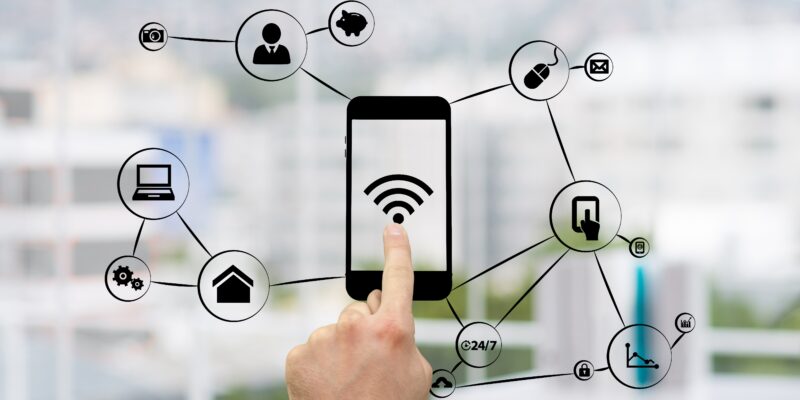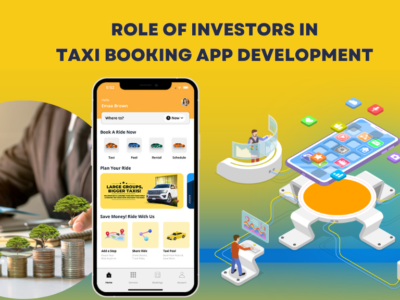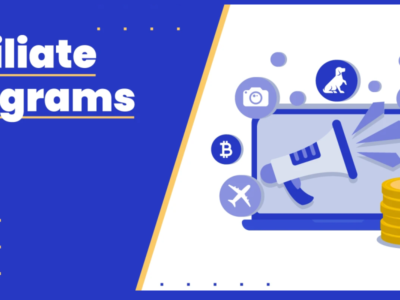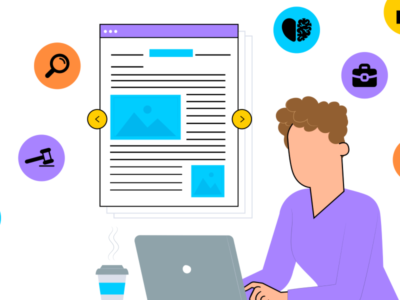Beyond Mobile Apps: The Rise of Blockchain, IoT, and Web3 Development
The beyond mobile apps economy has grown to be deeply ingrained into present-day life, with cellular programs integrated into many factors of our day-by-day sports, from conversation and buying to productiveness and enjoyment. However, as transformative as apps have been over the last decade, rising innovations promise equally disruptive impacts within the coming years.
Thank you for reading this post, don't forget to subscribe!Blockchain, the Internet of Things (IoT), and the rise of Web3 development in 2024 represent the forefront of ushering the following evolution so that it will shape customer reviews, commercial enterprise fashions, and commercial infrastructure throughout sectors. For developers and organizations, knowledge of these technologies affords considerable opportunities to build modern solutions and seize new markets.
At its foundation, blockchain provides steady and noticeable document preservation without centralized management. IoT connects the bodily world of machines and infrastructure to the virtual global. Web3 focuses on decentralization and consumer empowerment. Together, they permit strong coordination and oversight at unheard-of scales.
However, hype also wishes for goal evaluation. Technical obstacles, coverage uncertainty, and questionable projects present bold hurdles. However, promising signs endorse that these challenges will be surmountable over the years. The way ahead lies in open access to responsible progress and inclusive innovation. If cultivated carefully, decentralized technology could vastly expand possibilities for prosperity and empowerment in the many years ahead.
The Rise of Blockchain
Blockchain burst into the mainstream first of all as the inspiration for cryptocurrencies like Bitcoin. However, its capability extends a ways past finance. At its core, blockchain is a decentralized digital ledger powered through superior cryptographic methods that allow secure and transparent record-retaining without centralized control.
For builders, a number of the vital thing blessings this affords include:
- Decentralization: Blockchain architectures shift control and energy dynamics via heading off centralized servers, providers or clearinghouses. Networks are maintained collaboratively through dispensed consensus mechanisms. This makes censorship and monopolistic information management a lot more challenging while increasing transparency.
- Enhanced protection: Cryptography guarantees the integrity of information and guarantees provenance via signature keys. Records, once entered, can not be altered. This prevents fraud and tampering while maintaining accuracy.
- Reduced expenses: Disintermediation or cutting out intermediaries can significantly reduce industry transaction prices. Payments may be made directly peer-to-peer without high expenses.
- Immutability: Records on blockchains are everlasting, with timestamps making an allowance for higher auditing. This guarantees the genuine accuracy of data and compliance with regulated information.
- Automation: Smart contracts embedded in blockchains permit complex commercial enterprises good judgment and guidelines to execute routinely whilst favourable conditions are fulfilled. This reduces manual efforts and saves time.
These talents have sparked progressive blockchain-primarily based solutions throughout domain names like:
- Supply chain: Blockchain improves traceability and transparency for material flows whilst improving performance, reducing waste and preventing fraud. Companies like Walmart use it to music foods like leafy greens.
- Healthcare: Medical records on blockchain enable patients to control access to their data. Private info can be shared securely with doctors, researchers, etc. Startups like Patientory offer such health data platforms.
- Government: Blockchain is used for citizen services like digital identity, voting, taxation, benefits disbursement etc. Sweden uses blockchain to manage land registry records.
How IoT Works
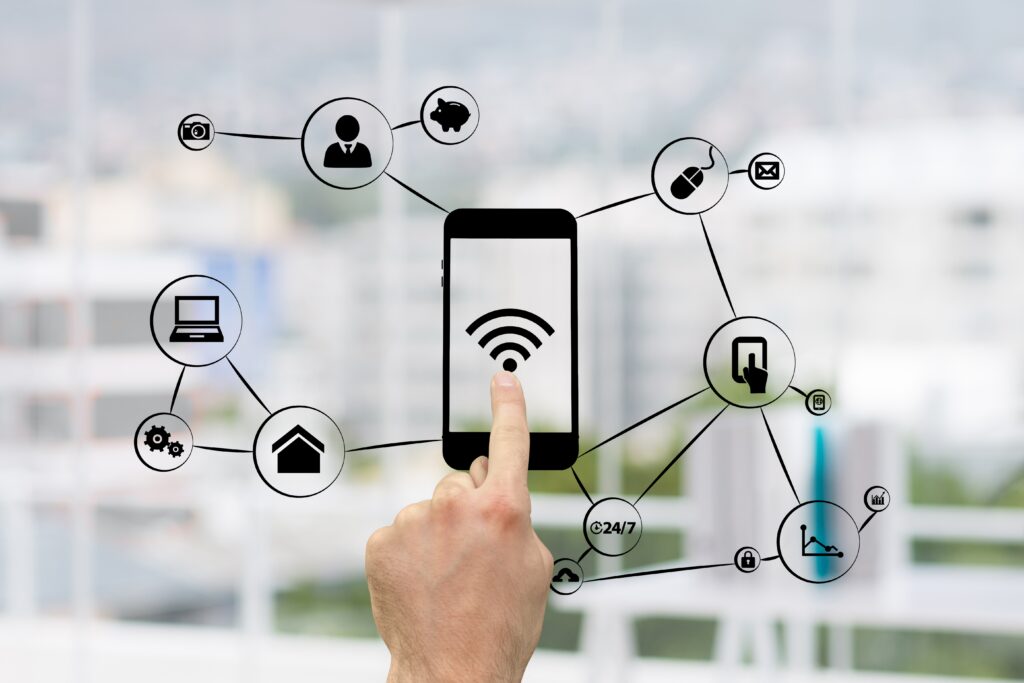
IoT, or the Internet of Things, refers to the vast array of internet-connected sensors, devices and machinery that are now embedded into the environments around us. From smart home assistants and appliances to autonomous vehicles and sensor-enabled infrastructure, IoT is making everyday physical objects newly programmable and manageable.
By integrating the physical and digital, IoT unlocks game-changing functionality, including:
- Remote monitoring and tracking: IoT sensors can continuously measure and communicate data like temperatures, pollution levels, vehicle routes, machine performance and more. This enables visibility and insight that is complex to achieve previously.
- Status notifications: IoT systems can monitor conditions and thresholds before sending status alerts. Smart speakers audibly notify users of timer alerts, while industrial IoT sensors can notify oversight teams of equipment needing maintenance.
- Automated responses: Based on sensor data and user preferences, IoT devices can autonomously respond to events, like thermostats regulating temperatures or smart locks opening doors for recognized faces.
- Predictive analytics: The masses of IoT data combined with AI can reveal usage patterns and trends that support rich predictive modelling for usage optimization, risk reduction and even revenue generation.
These capabilities are profoundly impacting domains like:
- Intelligent cities: IoT deployed across metropolises optimizes energy, traffic, waste pickup and disaster response through central dashboards. Barcelona uses it to manage water, transit, lighting and waste.
- Industrial IoT: Also called IIoT, it prevents outages, enhances efficiency and reduces waste for heavy machinery, manufacturing plants and energy infrastructure running around the clock.
- Commercial buildings: HVAC, lighting, security, parking and more are controlled centrally via IoT to reduce costs and enhance tenant experiences in today’s intelligent offices and malls.
- Logistics: IoT tracking allows real-time visibility into vehicle locations, load temperatures, fuel usage and more to optimize routes, prevent losses and improve delivery times.
The fusion of IoT and blockchain shows particular promise. Blockchain facilitates machine-to-machine interactions by enabling payments between IoT devices. Securing all the data IoT generates is also vital – blockchain’s cryptography excels at this. Startups like Filament offer secure IoT data transmission and industrial automation using blockchain.
Web3: The Decentralized Future
The early internet nurtured open protocols and non-proprietary platforms, allowing users to connect and build freely. Over time, though, with the rise of tech titans like Google, Facebook and Amazon, most of the web has come under centralized control. Users rely on apps and platforms that lock away user data while gatekeeping connectivity and extracting excessive profits.
Web3 represents the next phase focused on decentralization and user empowerment enabled by blockchain and related innovations. The term encompasses various visions ranging from decentralized blockchain-based alternatives to popular apps to rebuilding fundamental web infrastructure like data storage and connectivity with new crypto-economic incentives.
Key facets include:
- User ownership: In Web3, users would truly own their data, digital assets and online identities without centralized control by tech platforms. Personal data marketplaces would return control to users to share or sell their data to customers like advertisers.
- Open ecosystems: Protocols, not platforms, dominate Web3. Anyone can build freely rather than being restricted by gatekeepers. Open standards spur permissionless innovation, better interoperability and data portability.
- Token-based economy: Cryptographic tokens align incentives, allowing contributors across open networks to be rewarded for their efforts. Tokens also decentralize governance by giving users a more significant voice through voting rights.
Early Web3 applications demonstrate its potential:
- Decentralized finance, aka DeFi: Financial products using blockchain and open crypto protocols enable broader access and transparency compared to traditional banking. DeFi services have reached over $100 billion.
- DAO platforms: Decentralized Autonomous Organizations allow coordinated group activity and funding without central management. DAO treasuries are already worth billions of dollars.
- NFT marketplaces: Non-fungible tokens recorded on blockchain represent digital items like art, videos or tweets. NFT market cap reached $40 billion in 2021, showing demand.
Beyond the Hype: Challenges and Opportunities
The hype accompanying those technologies also needs goal evaluation. Expanding connectivity among human beings, data, and infrastructure heightens dangers alongside blessings. Vital demanding situations encompass:
- Technical barriers: Blockchain, IoT and Web3 remain complicated for most builders. Significant software improvement and cloud infrastructure understanding are still needed for production systems.
- Immature requirements: Related standards and gear are nevertheless evolving fast, requiring frequent upgrades. There needs to be coherence throughout numerous protocols and structures. These issues hinder balance and mainstream consolation.
- Uncertain regulation: Oversight of that novel technology nonetheless needs to be clarified, with guidelines and rules gambling catch up. Conflicting regulations across jurisdictions, in addition, complicate compliance and legal dangers.
- Questionable projects: The crypto space especially suffers from frauds, scams and vaporware that fail to deliver promised functionality. Distinguishing viable teams and technologies calls for rigorous due diligence.
However, promising indicators suggest these hurdles are surmountable over time with broader adoption and maturation. And beyond the challenges, the opportunities feel boundless:
- New markets: These technologies expand the realm of digital transformation into a whole new territory, allowing the recreation or disruption of traditional industries from finance and healthcare to real estate, supply chains and government.
- Combined potential: Using blockchain, IoT, and Web3 in combination multiplies possibilities to realize robust automation, oversight, and coordination at global scales that were not previously feasible. Drones coordinating via distributed ledgers to deliver smart asthma inhalers to patients illustrate such futures.
The way forward lies in more open access and collaboration between advocates focused on putting user rights first while evolving tools and policies responsibly. Education to improve digital literacy and participation also allows more inclusive innovation. With conscientious progress, decentralized technologies could profoundly expand possibilities for prosperity and empowerment.
Conclusion
The Beyond mobile apps represent the current apex of the digital revolution. Yet early decentralized applications suggest the next wave promises something profoundly different – a move towards distributed consensus, cryptography-based trust and community ownership.
Blockchain, IoT and Web3 show off extra open and consumer-driven models that return control and choice to users themselves. As those technologies develop in adulthood, they pave the route for the internet’s next paradigm shift closer to decentralization.
The hype also warrants reasoned assessment as expanding connectivity heightens risks along with advantages. Technical barriers, policy uncertainty, and questionable tasks present hurdles requiring cautious navigation. However, the momentum accumulating indicates decentralized Web3 networks will regularly transform improvement and society in the years beforehand, simply as cells did over the past decade.
The opportunities are boundless – recreating traditional industries whilst multiplying opportunities for automation, oversight, and coordination at global scales. The way forward lies in open entry to responsible progress and inclusive innovation that puts user rights first. With conscientious cultivation, decentralized Web3 technologies should profoundly enlarge prosperity and empowerment.

